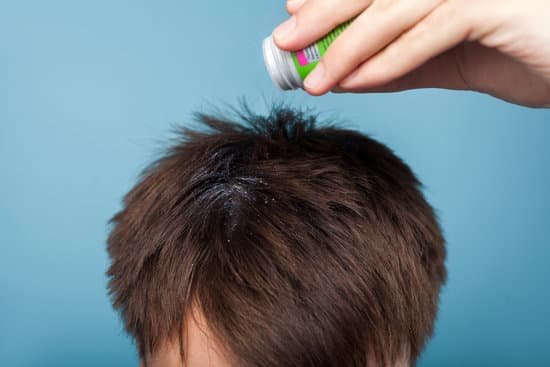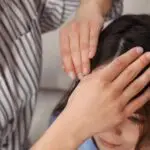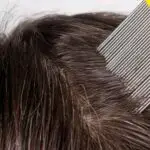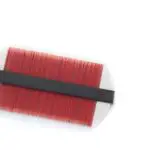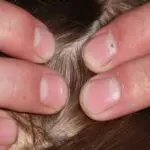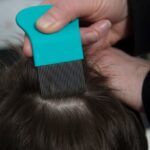Head Lice – What Are Lice and How Do We Get Infected?
Lice live in the head and can be spread from person to person. The female louse lays three to eight eggs per day and attaches them to the hair fibres within 1.5 cm of the scalp. These eggs need to be warm to hatch. Unlike other types of lice, head lice have no jumping legs or wings and can only crawl. They are most commonly transmitted via head-to-head contact.
Head lice are tiny tan or grayish insects, about the size of a sesame seed, that live inside human hair. Adult head lice can live for three to four weeks without treatment, and each adult female can lay up to six eggs per day. Lice infect humans and animals, and can be difficult to detect in the head.
A common symptom of head lice is persistent itching, which can be associated with infected scratch marks. A rash may also accompany persistent itching. There are a number of treatment options available to help eliminate the infestation. Several medications, including prescription medicines, are available over the counter or at your local drug store.
Head lice spread easily from person to person, even within a home. It’s best to get treatment right away to stop the spread of the lice. To prevent the spread of the infection, make sure all children in the household avoid head-to-head contact. It’s also important to make sure your kids’ hats and combs aren’t shared with anyone else. This way, you can prevent the spread of the lice amongst your children and the children around them.
